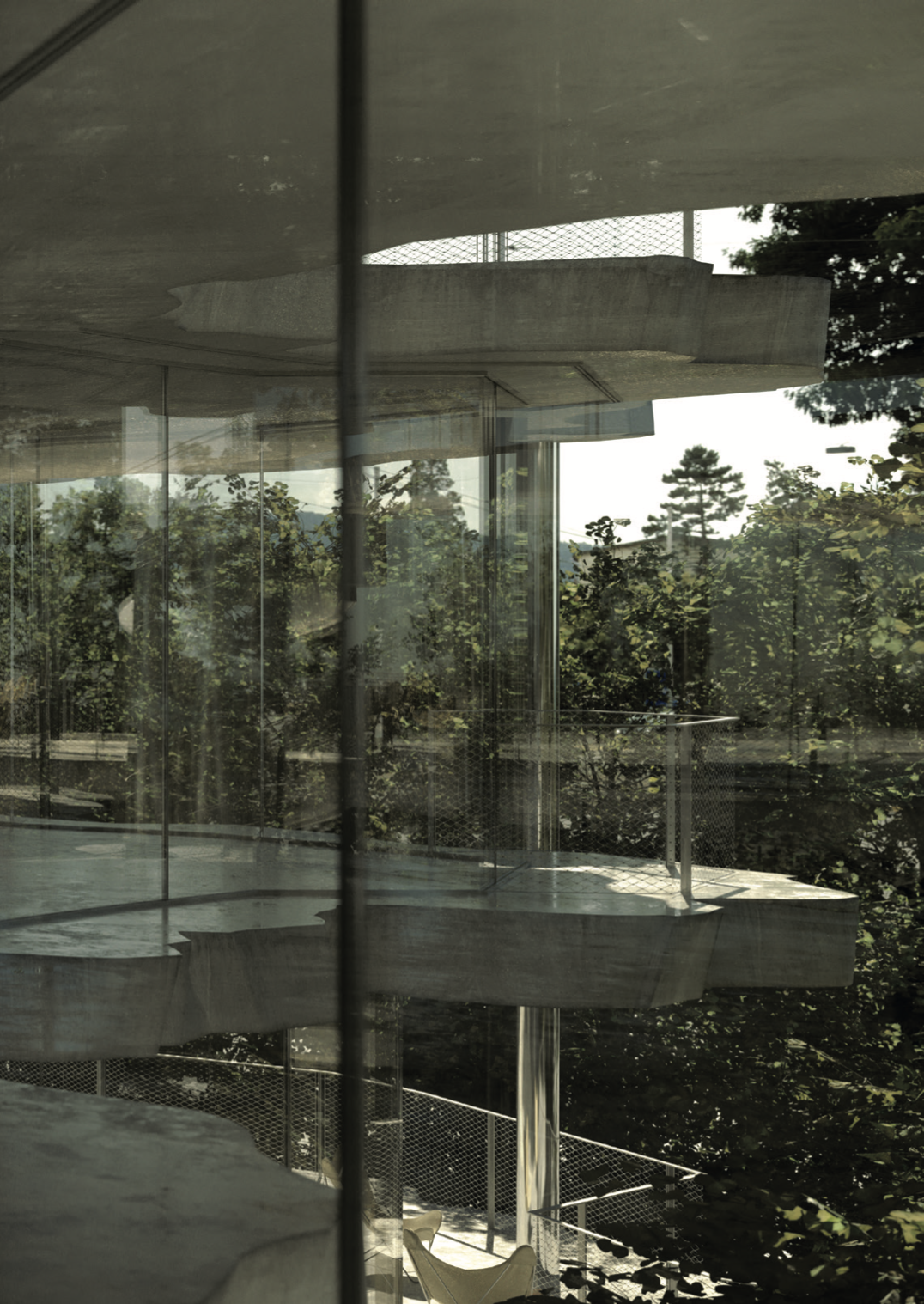Intermedialities in Architecture: An Introduction
Main Article Content
Abstract
This introduction examines the relevance of injecting the concept of “inter- mediality”—which refers to forms being situated between multiple media—into the discourse of architecture. Why conduct such an examination? First, because the discipline of architecture has been fundamen- tally constructed around the concept of the project, which, by its very nature, materializes through its expression across various media—from drawings and photographs to the built structure itself. Second, because this inherent characteristic of the architectural project is increasingly reinforced today by the intensification of visual culture. Finally, because in response to this evolving context, various contemporary architects appear to be critically engaging with architecture’s mode of being, which necessarily “straddles” multiple media. The introduction subsequently traces the historical development of the concept of “intermediality” through the two theoretical movements that have shaped it: interart(s) studies and media studies. This historical exploration leads to an observation of the comparatively limited academic efforts to further develop this concept within the field of architecture, particularly in terms of reflecting on what constitutes a medium. A theoretical distinction between four different models of “intermediality” is then proposed as a framework for categorizing the various contributions made by the authors in this issue.
Image: Forum UZH, Zürich, 2018, Baukunst - Bruther. 3D Rendering by Olivier Campagne for Artefactorylab. © Artefactorylab.
Article Details

This work is licensed under a Creative Commons Attribution-NonCommercial-NoDerivatives 4.0 International License.

